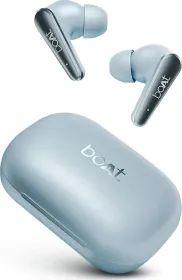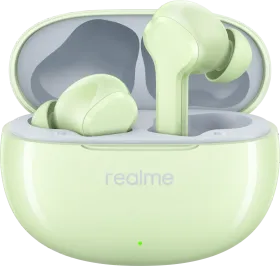Qualcomm has partnered with ISRO to integrate location tracking based on India’s own navigation system – Navigation with Indian Constellation (NavIC) – on a few of its chipsets. In the first half of 2020, we will have devices in India that, apart from constellations like GPS and GLONASS, use NavIC for location tracking.
Will using NavIC improve location tracking accuracy over current systems like GPS? How much of an impact will NavIC have? Let’s discuss answers to all such questions.
Page Contents:
- What is NavIC?
- NavIC vs GPS: Which one is more accurate?
- List of NavIC supported phones
- Will NavIC Support be extended to older phones with a software update?
What is NavIC?
Navic is the operational name of the Indian Regional Navigation Satellite System (IRNSS) developed by ISRO. Unlike GPS which is a Global tracking constellation, Navic has been designed to focus especially on India and adjoining regions (1500 Kms around India) and is a very significant achievement for the country.

NavIC’s Standard Positioning Service (SPS) will be available to civilians, but the system also has another level of Restrictive Service (RS) that is encrypted and much more accurate ( in the range of 1 to 5 meters), and meant for defense applications and use by armed forces.

NavIC currently consists of 8 Satellites – IRNSS-1A, IRNSS-1B, IRNSS-1C, IRNSS-1D, IRNSS-1E, IRNSS-1F, IRNSS-1G, IRNSS-1I.
Actually, Navic was supposed to include 7 satellites and 2 backup satellites, but the Atomic clock of the first satellite, IRNSS 1A, stopped working and the launch of IRNSS 1H that was meant to replace the defective satellite failed. The IRNSS 1I launched later finally replaced IRNSS 1A and completed the constellation.
In the future, ISRO will add more satellite to the system with home developed Atomic clocks to further improve NavIC
Also Read: Tile Mate Review – A Reliable Bluetooth Tracker
NavIC vs GPS: Which one is more accurate?
As mentioned above, GPS or Global Positioning System tracks the entire globe and is maintained by the USA. The constellation requires 24 Satellites to be operational and has around 31 satellites in orbit. All of these are Geosynchronous Satellites, which is to say that they are not stationary in space with respect to the revolving earth. GPS also uses a single frequency band and this makes calculations a bit more complex.
India’s Navic has 3 Geostationary satellites and 4 geosynchronous satellites, and these satellites are situated in much higher orbit (signal is less prone to obstructions). NavIC satellites use dual frequency bands (L5-band and S-band), which is why the system is relatively more accurate than GPS (that uses a single band and makes compensation for error due to signal deterioration by the atmosphere).

However, the accuracy of the Standard Positioning Service available to civilians is 20 meters for both GPS and NavIC. This can be improved to 10 meters by combining data from cellular tower tracking – as is already a standard practice.
Since the accuracy range is the same for the civilian arm of both navigation systems, NavIC might not result in a drastic improvement over GPS. Having said that, the location accuracy is expected to see a noticeable improvement in “dense urban environments where geolocation accuracy tends to degrade.” Qualcomm assures more accurate location performance and faster time-to-first-fix (TTFF) in the NavIC supported region, especially in congested urban environments.
List of Phones with NavIC support available to buy today


Qualcomm has launched several NavIC compatible chipsets – Snapdragon 865, Snapdragon 765, Snapdragon 720G, Snapdragon 662, and Snapdragon 460. The first phone in India with NavIC support is Realme X50 Pro 5G. Realme and Xiaomi have both confirmed that they are working on more NavIC supported phones.
The first set of Qualcomm chipsets will have single-frequency receivers that track the L5 band, the brand will later bring in dual-frequency receivers that can track both L5 and S-band for higher accuracy.
In case you are confused, Google Maps and other location-based apps won’t have to make any changes to benefit from the new development. Qualcomm Location Suite, that currently supports 7 constellations, will be responsible for tracking your location and passing it on to apps that require it. List of NavIC Supported Phones is:
Also Read: 5 Best Snapdragon 730G and Snapdragon 730 Phones To Buy In 2020
Will NavIC Support be extended to older phones with a software update?
No. Navic uses a different frequency band and Integrating NavIC also requires hardware changes on the chipset. Qualcomm representative confirmed to Smartprix that the support can not be passed on to older phones via OTA update.



































Great work by ISRO..to build up India’s image by NA vIC which works on dual frequency and much more accurate than GPS of US.👏